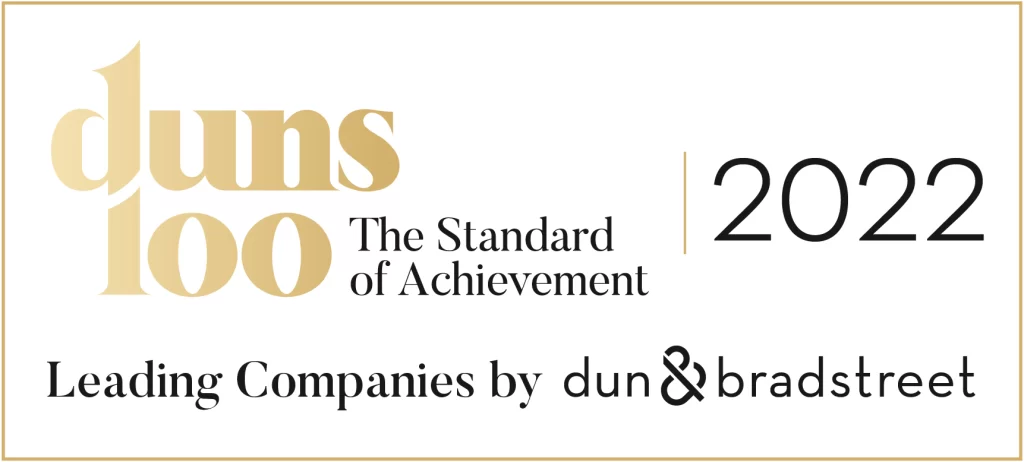
The global recovery is strong but imbalanced
Output in most OECD countries has now surpassed its late-2019 level and is converging on its pre-pandemic path but lower-income economies, particularly those where vaccination rates are low, are at risk of being left behind.
The unevenness of the recovery is widespread
The recovery is also uneven within advanced economies. Employment is still relatively weak in the United States, but is already higher than its pre-pandemic level in the Euro Area. At the same time, United States GDP has recovered faster than Europe’s. Different protection models mean different challenges looking ahead.
The labour market is imbalanced. Many people are struggling to find jobs yet businesses in a number of sectors have difficulty recruiting workers. The skills demanded in the wake of the crisis are not necessarily the same as before.
A shortage of workers in some sectors also reflects a decline in labour force participation rates in most OECD countries. Participation is expected to normalise as the effects of the pandemic wane increasing labour supply helping to keep wage growth moderate.
Imbalances also remain across industries, with sectors dependent on interpersonal contact such as travel, tourism and leisure continuing to suffer, while demand for consumer goods has been strong, especially in the United States.
The rebound is losing some momentum as the surge in demand for goods has met bottlenecks in production chains. Inflation pressures have emerged in all economies, as:
- disruptions in energy, food and commodity markets have pushed up prices
- high energy prices and fuel shortages are limiting manufacturing of key materials and intermediate goods
- bottlenecks in production chains are spreading to more generalised shortages of goods.
The renewed inflationary pressures risks lasting longer than was expected a few months ago. Rising food and energy prices are hitting low-income households in particular.
More related articles...


The Drivers of Supply Chain Resilience
The pandemic has shown the vitality of supply chain resilience. Dr Yueh explains what trends should be considered going forward in building back supply chains


Making trade work for all
In the wake of uncertainty and tensions in the trading system today, alongside heightened public concerns about globalisation, open trade is under threat.


Where do my things come from? How trade works today
When we think about international trade, we traditionally think about a person or company producing all elements of a product in their home country and


Why open markets matter
People trade and governments open markets because it is in their interest to do so. Trade and market openness has historically gone hand-in-hand with better


Market analysis tools
A key challenge for exporters is the scarcity of reliable trade information on markets.






















